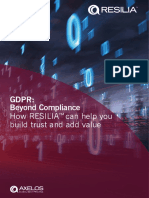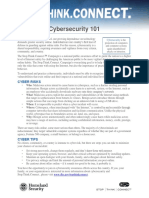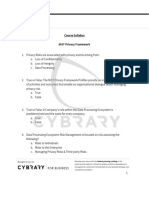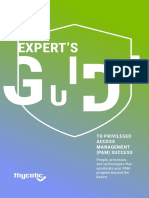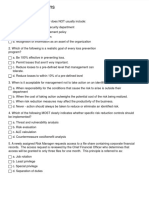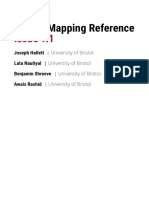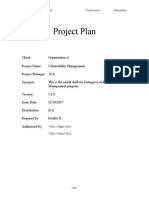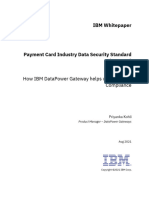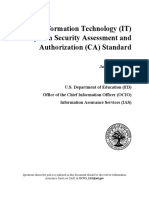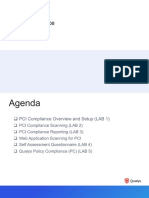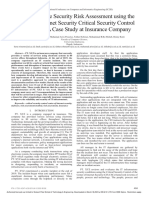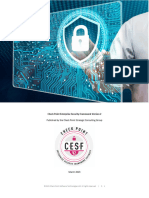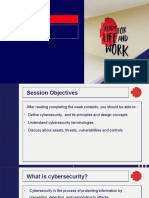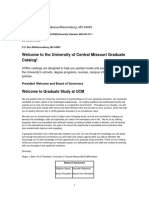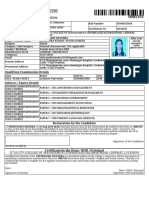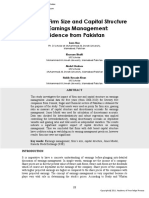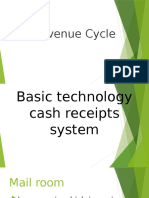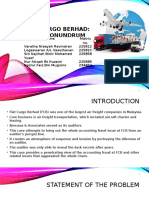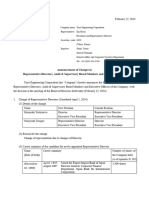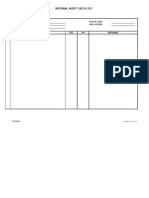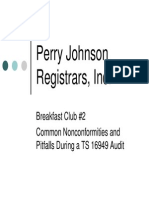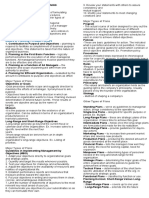0% found this document useful (0 votes)
183 views71 pages(Class Note) Module 10 - Security Metrics
The document discusses security metrics and why measuring security is challenging. It outlines categories of security metrics including financial metrics, assessment metrics, assumption-based metrics, audits, and operational metrics. Specific metrics are described such as annualized loss expectancy, total cost of ownership, economic value added, return on security investment, and protection capacity index. Modeling is also covered as a way to represent security systems and analyze "what if" scenarios.
Uploaded by
Yao Xia LiCopyright
© © All Rights Reserved
We take content rights seriously. If you suspect this is your content, claim it here.
Available Formats
Download as PPTX, PDF, TXT or read online on Scribd
0% found this document useful (0 votes)
183 views71 pages(Class Note) Module 10 - Security Metrics
The document discusses security metrics and why measuring security is challenging. It outlines categories of security metrics including financial metrics, assessment metrics, assumption-based metrics, audits, and operational metrics. Specific metrics are described such as annualized loss expectancy, total cost of ownership, economic value added, return on security investment, and protection capacity index. Modeling is also covered as a way to represent security systems and analyze "what if" scenarios.
Uploaded by
Yao Xia LiCopyright
© © All Rights Reserved
We take content rights seriously. If you suspect this is your content, claim it here.
Available Formats
Download as PPTX, PDF, TXT or read online on Scribd
/ 71



